Gamecock Fanatics
You are using an out of date browser. It may not display this or other websites correctly.
You should upgrade or use an alternative browser.
You should upgrade or use an alternative browser.
Countdown to Kickoff
- Thread starter Swayin
- Start date
Buddy Curry of the Falcons. Gotta love the old skool face mask.


https://www.thefalcoholic.com/2015/7/15/8961997/falcons-uniform-history-50-has-a-storied-past-in-atlantaWe enter into the 50's with a sigh of relief, because there were many great players to wear these numbers, and that starts right away with #50.
You can make a convincing argument that not one, not two, but three of the better linebackers to play in Atlanta wore this number. Let's dive in.
Greg Brezina
In 11 seasons with the Falcons, this #50 played in 151 games, started 114 and amassed 12 interceptions, 14 fumble recoveries and snagged a Pro Bowl berth in 1969. He began his Atlanta career two years after the birth of the franchise and essentially locked down the right side of the team's linebacker corps for the next decade, providing consistently quality run defense, useful coverage chops and the occasional big play over that span. His place on this list owes something to longevity, we'll readily grant you, but this was a very good player for a young Falcons team that needed more of them.
Buddy Curry
Curry came along later and wound up serving as one of the team's inside linebackers for a full eight seasons, and like Brezina, he was a career Falcon. With 107 games started in that span, seven picks, 5.5 sacks, four fumble recoveries and a defensive touchdown, he was a consistently productive thumper who earned Defensive Rookie of the Year honors in 1980, plus All-Pro selections in '80 and '82. There's a reason he was a franchise icon, and his reputation as a fearsome run defender is a big part of that.
It doesn't hurt that he has been coaching kids in safe football camps since 2002 and promoting safety in the sport for a long time, as well.
Last edited by a moderator:
USS West Virginia (BB-48) was the fourth dreadnought battleship of the Colorado class, though because Washington was cancelled, she was the third and final member of the class to be completed. The Colorado class proved to be the culmination of the standard-type battleship series built for the United States Navy in the 1910s and 1920s; the ships were essentially repeats of the earlier Tennessee design, but with a significantly more powerful main battery of eight 16-inch (406 mm) guns in twin-gun turrets. West Virginia was built between her keel laying in 1920 and her commissioning into the Navy in 1923. The ship spent the 1920s and 1930s conducting routine training exercises, including the typically-annual Fleet Problems, which provided invaluable experience for the coming war in the Pacific.
West Virginia was moored in Battleship Row on the morning of 7 December 1941 when Japan attacked Pearl Harbor, bringing the United States into World War II. Badly damaged by torpedoes, the ship sank in the shallow water but was later refloated and extensively rebuilt over the course of 1943 and into mid-1944. She returned to service in time for the Philippines Campaign, where she led the American line of battle at the Battle of Surigao Strait on the night of 24–25 October. There, she was one of the few American battleships to use her radar to acquire a target in the darkness, allowing her to engage a Japanese squadron in what was the final action between battleships in naval history.
After Surigao Strait, the ship remained in the Philippines to support troops fighting during the Battle of Leyte in 1944 and then supported the invasion of Lingayen Gulf in early 1945. The ship also took part in the Battles of Iwo Jima and Okinawa later that year, providing extensive fire support to the ground forces invading those islands. During the latter operation, she was hit by a kamikaze that did little damage. Following the surrender of Japan, West Virginia took part in the initial occupation and thereafter participated in Operation Magic Carpet, carrying soldiers and sailors from Hawaii to the mainland United States before being deactivated in 1946. She was decommissioned in 1947 and assigned to the Pacific Reserve Fleet, where she remained until 1959 when she was sold to ship breakers and dismantled.
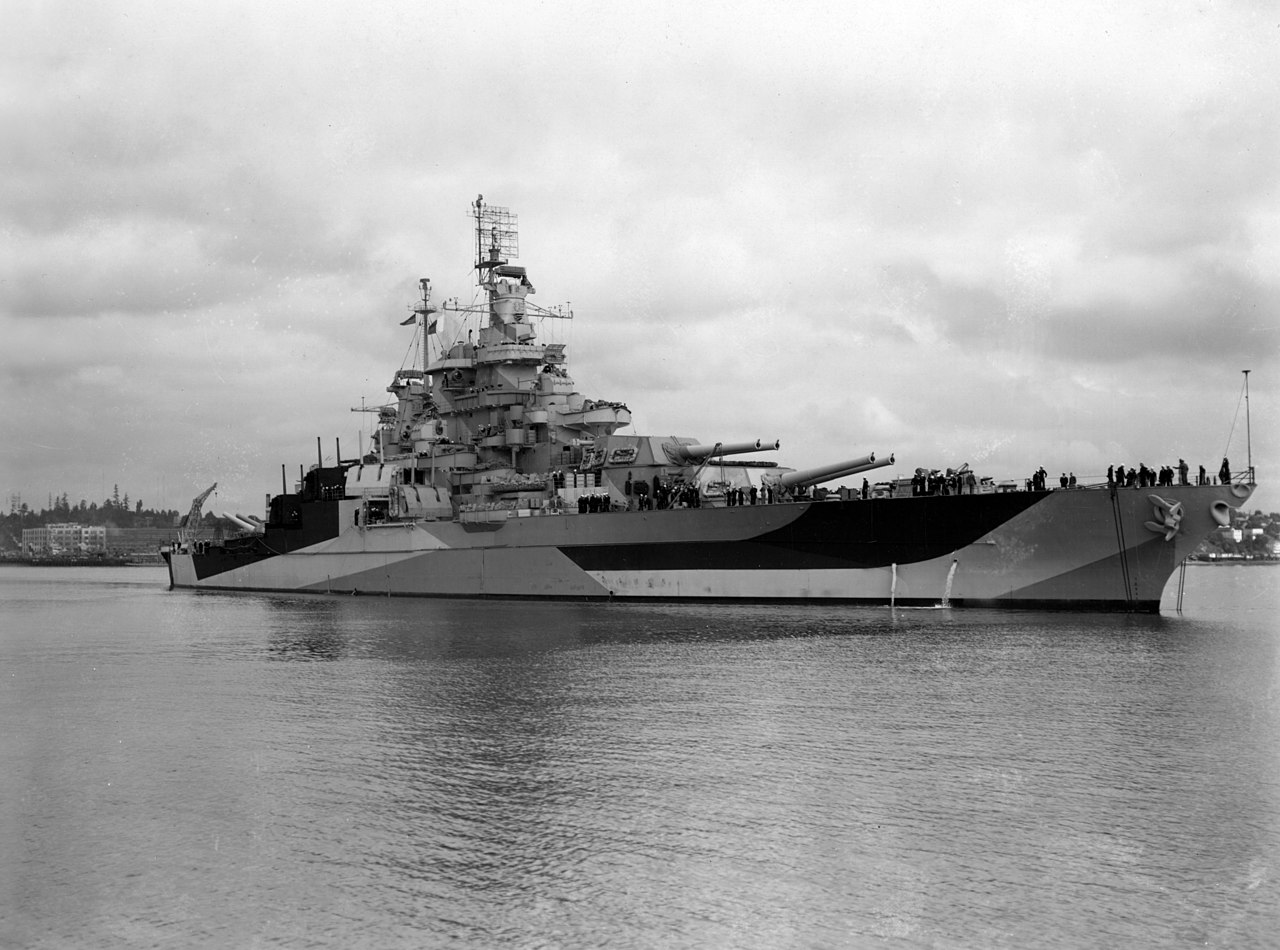
West Virginia was moored in Battleship Row on the morning of 7 December 1941 when Japan attacked Pearl Harbor, bringing the United States into World War II. Badly damaged by torpedoes, the ship sank in the shallow water but was later refloated and extensively rebuilt over the course of 1943 and into mid-1944. She returned to service in time for the Philippines Campaign, where she led the American line of battle at the Battle of Surigao Strait on the night of 24–25 October. There, she was one of the few American battleships to use her radar to acquire a target in the darkness, allowing her to engage a Japanese squadron in what was the final action between battleships in naval history.
After Surigao Strait, the ship remained in the Philippines to support troops fighting during the Battle of Leyte in 1944 and then supported the invasion of Lingayen Gulf in early 1945. The ship also took part in the Battles of Iwo Jima and Okinawa later that year, providing extensive fire support to the ground forces invading those islands. During the latter operation, she was hit by a kamikaze that did little damage. Following the surrender of Japan, West Virginia took part in the initial occupation and thereafter participated in Operation Magic Carpet, carrying soldiers and sailors from Hawaii to the mainland United States before being deactivated in 1946. She was decommissioned in 1947 and assigned to the Pacific Reserve Fleet, where she remained until 1959 when she was sold to ship breakers and dismantled.

Martin XB-48: The Martin XB-48 was an American medium jet bomber developed in the mid-1940s. It competed with the Boeing B-47 Stratojet, which proved to be a superior design, and was largely considered as a backup plan in case the B-47 ran into development problems. It never saw production or active duty, and only two prototypes, serial numbers 45-59585 and 45-59586,[1] were built.
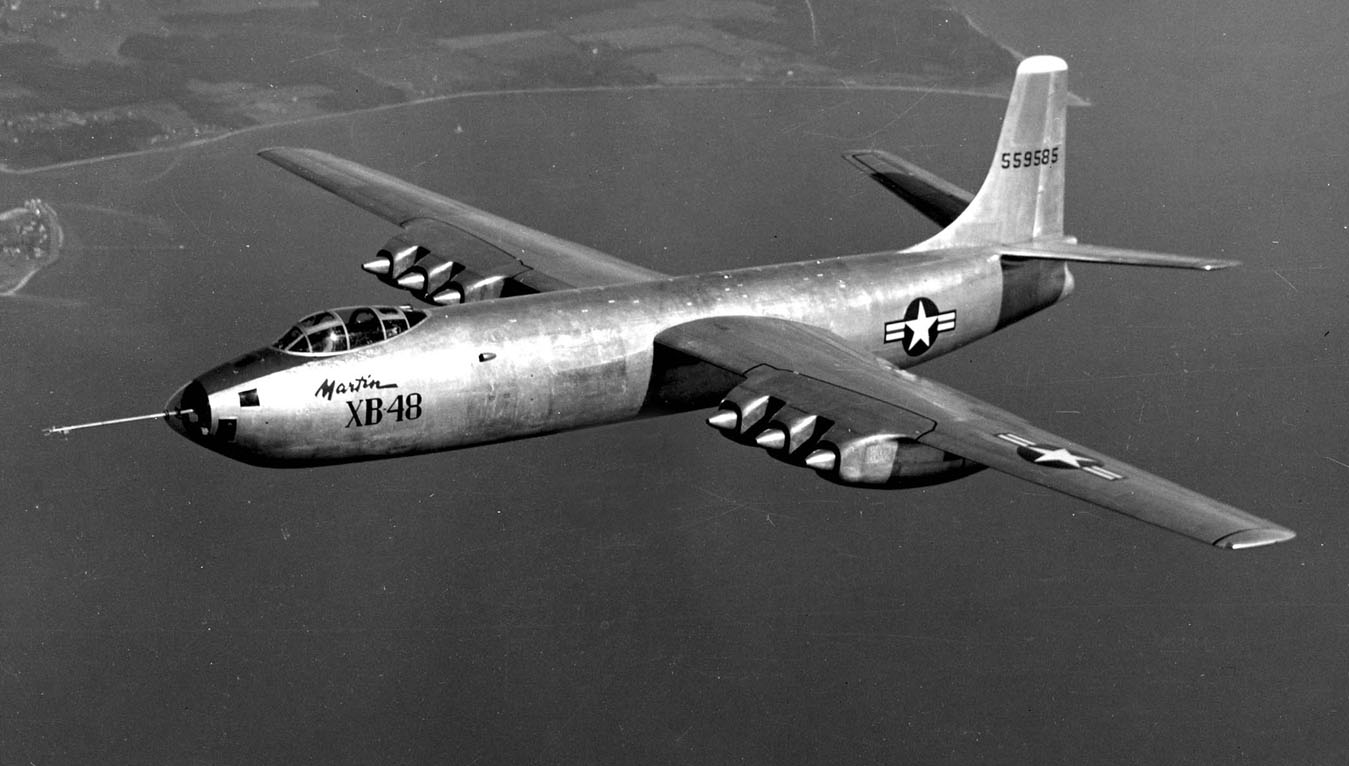

USS Honolulu (CL-48) of the United States Navy was a Brooklyn-class light cruiser active in the Pacific War (World War II). Honolulu was launched in 1937 and commissioned in 1938. The ship served in the Battle of Tassafaronga, the Battle of Kula Gulf, the Battle of Kolombangara and the Battle of Peleliu. She was taken out of action by serious torpedo damage just before the Battle of Leyte Gulf. She was repaired, but not in time to rejoin the war. She was decommissioned in 1947 and was held in reserve until she was scrapped in 1959.
_underway_at_sea_on_9_February_1939_(NH_53562).jpg/1280px-USS_Honolulu_(CL-48)_underway_at_sea_on_9_February_1939_(NH_53562).jpg)
_underway_at_sea_on_9_February_1939_(NH_53562).jpg/1280px-USS_Honolulu_(CL-48)_underway_at_sea_on_9_February_1939_(NH_53562).jpg)
Jimmie Johnson. Boom. Confetti.


USS Blessman, APD-48. Formerly DE-69.
_underway_at_sea,_circa_in_1943.jpg)
_underway_at_sea,_circa_in_1943.jpg)
https://en.wikipedia.org/wiki/USS_BlessmanUSS Blessman (DE-69/APD-48), a Buckley-class destroyer escort of the United States Navy, was named in honor of Lieutenant Edward Martin Blessman (1907–1942), who was killed in action in the Pacific on 4 February 1942.
Namesake
Edward Martin Blessman was born on 29 December 1907 in Nott, North Dakota. He was appointed midshipman from the 9th District of Wisconsin on 21 June 1927 and graduated from the U.S. Naval Academy on 4 June 1931. Service at sea on the battleship USS Maryland and the destroyer USS Hale preceded flight training at Naval Air Station Pensacola, Florida, after which he served in VS-2B on the aircraft carrier USS Lexington and VP-17F, based on the seaplane tender USS Thrush. Following a two-year tour at the Naval Air Station Anacostia, Blessman – promoted to lieutenant in January 1939 – joined USS Marblehead, then with the U.S. Asiatic Fleet, on 10 December 1939.
On 4 February 1942, Marblehead stood out of Surabaya, Java, as part of a mixed American-Dutch cruiser-destroyer force under Rear Admiral Karel W. F. M. Doorman, Royal Netherlands Navy. Japanese flying boats from the Toko Kōkūtai (Toko Air Group), however, spotted the force as it attempted to transit the Madoera Strait to attack the Japanese invasion fleet bound for Borneo. Thus forewarned, Japanese naval land attack planes bombed the allied force. At 10:27, a stick of seven bombs from a Mitsubishi G4M1 "Betty" bomber of Toko Kōkūtai straddled Marblehead. The first of the two bombs to hit the ship penetrated the main deck and exploded near “wardroom country", the blast ripping through the light sheet metal bulkheads that comprised the boundaries of the compartment. Blessman, who, as the ship's senior aviator had no air defense station and was in the wardroom at the time, was killed instantly by the concussion.
Last edited by a moderator:
Homebrewcock
GCF Top Poster
http://www.gamecockarchives.com/img/mckerma01-1988.jpg
Last edited by a moderator:
USS Ticonderoga, CG-47. Lead ship of the class.
_underway_during_sea_trials_May_1982_DN-SC-84-00167.jpg/1280px-Aerial_port_bow_view_of_USS_Ticonderoga_(CG-47)_underway_during_sea_trials_May_1982_DN-SC-84-00167.jpg)
https://en.wikipedia.org/wiki/USS_Ticonderoga_(CG-47)
https://en.wikipedia.org/wiki/USS_Ticonderoga_(CG-47)
Last edited by a moderator:
Last edited by a moderator:
USS Bates, APD-47. Formerly DE-68.
_underway,_circa_in_1943.jpg)
_burning_off_Ie_Shima,_Japan,_25_May_1945_(NH_66450).jpg/1280px-USS_Bates_(APD-47)_burning_off_Ie_Shima,_Japan,_25_May_1945_(NH_66450).jpg)
https://en.wikipedia.org/wiki/USS_Bates
_underway,_circa_in_1943.jpg)
USS Bates (DE-68/APD-47) was a Buckley-class destroyer escort in service with the United States Navy from 1943 to 1945. She sank after being hit by three kamikazes on 25 May 1945.
History
USS Bates was named in honour of Ensign Edward M. Bates (19 September 1919 – 7 December 1941), who was killed on board USS Arizona during the attack on Pearl Harbor. Bates was launched on 6 June 1943 at the Bethlehem-Hingham Shipyard, Inc., Hingham, Massachusetts; sponsored by Mrs. Elizabeth Mason Bates, mother of Ensign Bates; and commissioned on 12 September 1943, with Lieutenant Commander E. H. Maher, USNR in command.
Battle of the Atlantic
Bates reported to the Atlantic Fleet, and escorted convoys to and from the British Isles until May 1944, primarily engaged in coastal escort and patrol duty with Escort Division 19. At this time, CortDiv 19 consisted of the destroyer escorts Bates, Bull, Bunch, Rich, Amesbury, and Blessman. She completed three round-trip crossings by May. On 31 May 1944 she arrived at Plymouth, England, and reported to TF 129 in preparation for the invasion of Normandy. Between 6 and 12 June, she carried out fire support duties off the Normandy coast. On 8 June, she rescued 163 survivors of the destroyer Meredith, which sustained severe damage and sank when she struck a mine.
Pacific War
After a brief period of availability at Ulithi she departed for the invasion of Okinawa. Between 25 March and 25 May, Bates assisted in UDT operations, conducted patrols, and escorted two convoys between Ulithi and Okinawa. On 6 April she rescued 23 survivors of the destroyer Morris, which had been hit by a Japanese suicide aircraft.
At 1115 on 25 May, while patrolling two miles south of Ie Shima, Okinawa, Bates was attacked by three Japanese aircraft. The first dropped a bomb, scoring a near miss which ruptured the starboard hull of the ship, and then crashed into the starboard side of the fantail. The second aircraft, almost simultaneously, made a suicide hit on the pilothouse. Shortly thereafter, the third aircraft made a bombing run scoring a near miss amidships, portside, rupturing the hull. At 1145 the commanding officer ordered Bates abandoned. Twenty-one of her crew were either dead or missing from the attacks. During the afternoon, the tug Cree was able to get a line aboard and towed Bates to Ie Shima anchorage. At 1923 on 25 May 1945, the still burning Bates capsized and sank in 20 fathoms of water.
_burning_off_Ie_Shima,_Japan,_25_May_1945_(NH_66450).jpg/1280px-USS_Bates_(APD-47)_burning_off_Ie_Shima,_Japan,_25_May_1945_(NH_66450).jpg)
https://en.wikipedia.org/wiki/USS_Bates
Last edited by a moderator:

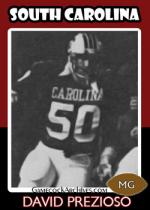
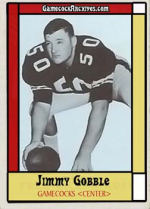
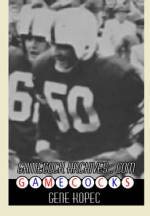
.jpg)
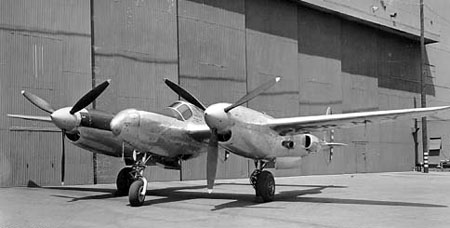
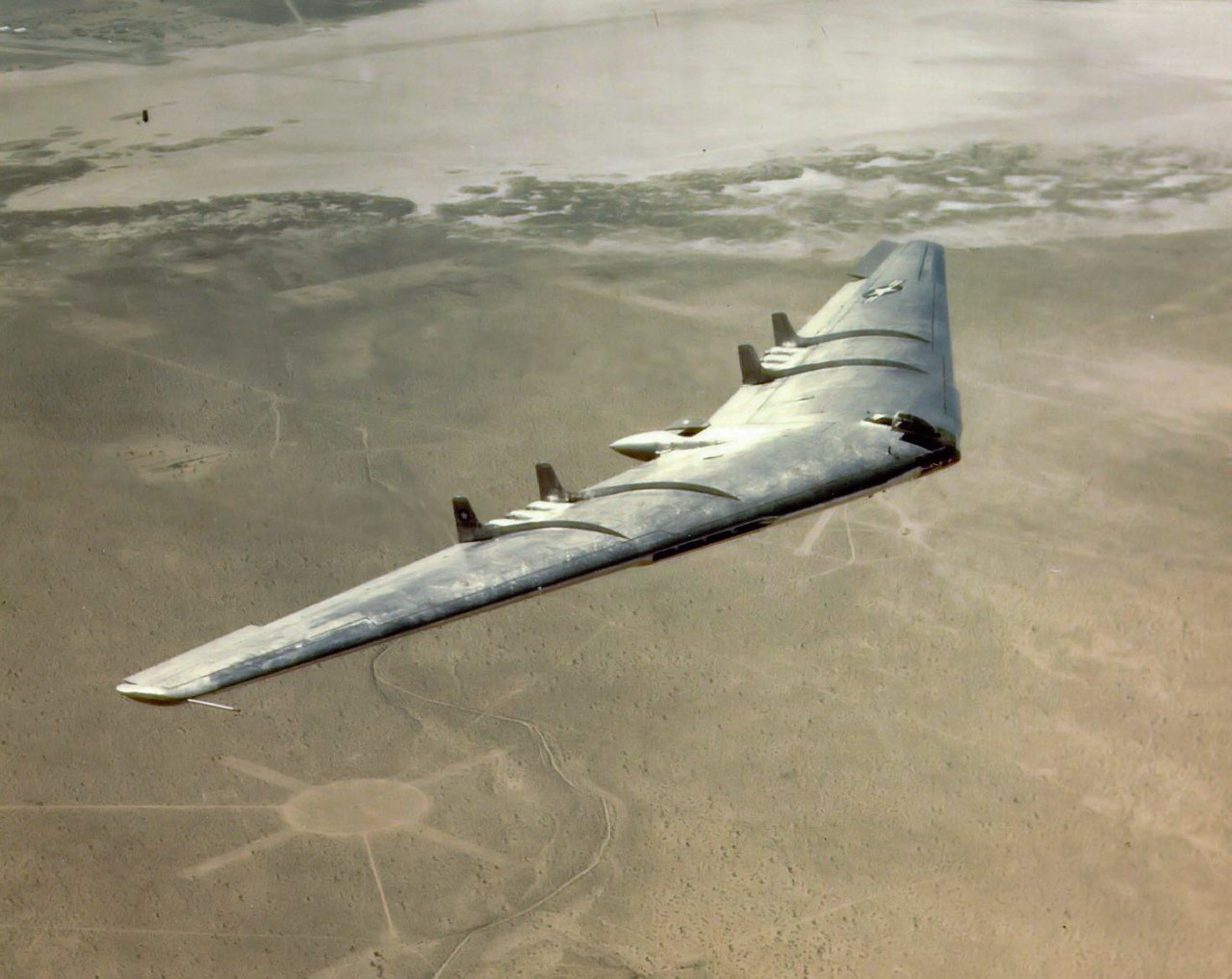
.jpg)
_2002.jpg/1280px-USS_Yorktown_(CG-48)_2002.jpg)
_underway_c1955.jpg/1280px-USS_Saipan_(CVL-48)_underway_c1955.jpg)

.jpg)
_underway_1938.jpg/1280px-USS_Boise_(CL-47)_underway_1938.jpg)
_underway_at_sea_on_9_July_1955_(80-G-K-18429).jpg/1280px-USS_Philippine_Sea_(CVA-47)_underway_at_sea_on_9_July_1955_(80-G-K-18429).jpg)